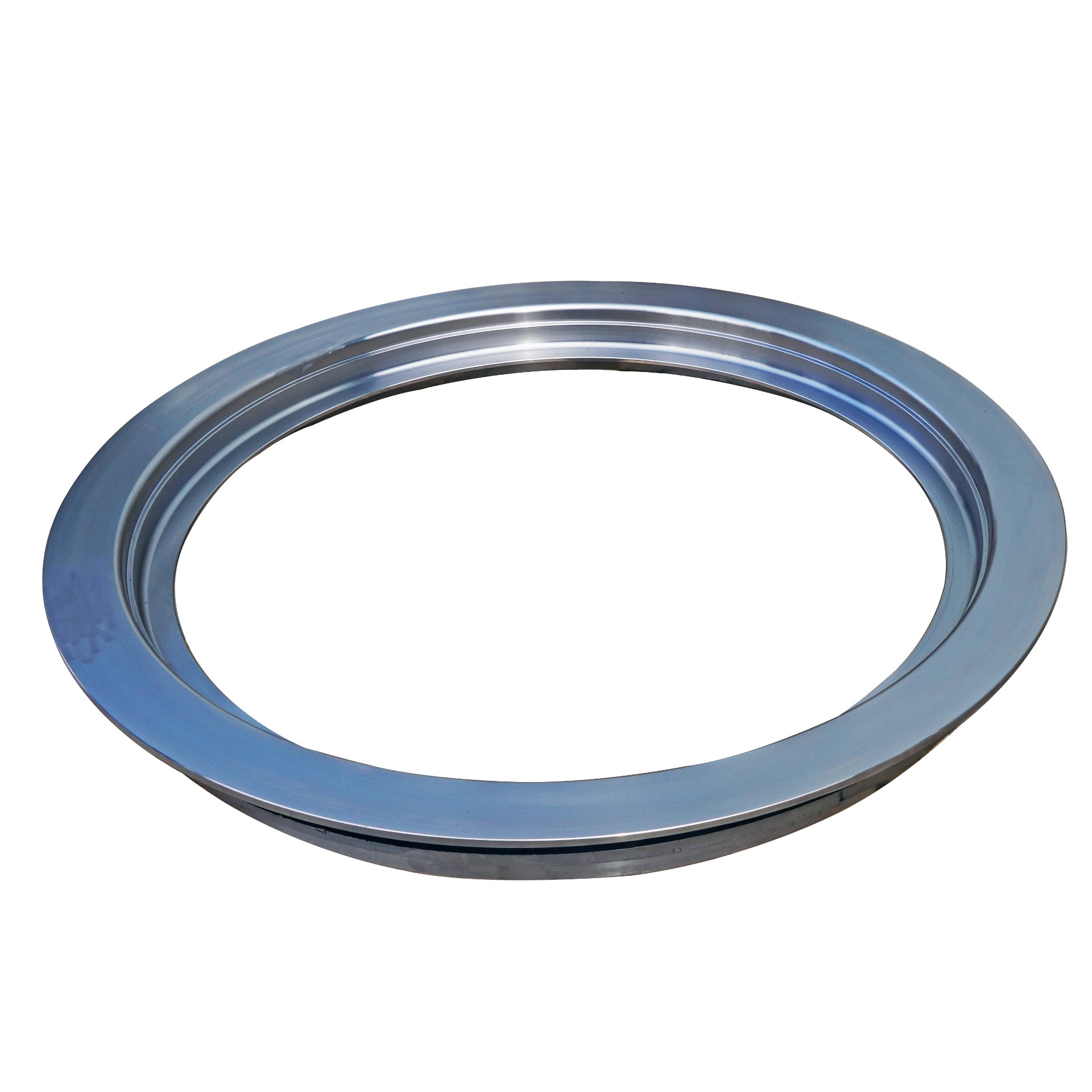sep . 08, 2024 17:02 Back to list
foundry cast iron
Foundry Cast Iron An Essential Material in Modern Manufacturing
Foundry cast iron has played a pivotal role in the development of various industries, thanks to its unique properties and versatile applications. Originating from the ancient times of metal casting, this material has evolved significantly, becoming a preferred choice for many manufacturing processes.
Cast iron is primarily made from iron, carbon, and silicon. The carbon content typically ranges from 2% to 4%, resulting in a material that is both tough and durable. One of the most significant advantages of cast iron is its excellent casting properties, allowing it to take on complex shapes with high precision. This capability is crucial in a foundry setting, where intricate molds are created to yield the final product efficiently.
There are several types of foundry cast iron, each tailored for specific applications
. The most common varieties include gray iron, ductile iron, and white iron. Gray iron is renowned for its excellent machinability and wear resistance, making it ideal for engine blocks, machinery parts, and cookware. Ductile iron, on the other hand, exhibits enhanced strength and ductility, making it suitable for applications requiring higher tensile strength, such as automotive components and structural elements. White iron, known for its hardness, is often used in applications that demand resistance to wear and abrasion.foundry cast iron

The production process in a foundry involves several critical stages. Initially, raw materials are melted together in a furnace. Once melted, the molten iron is poured into molds where it solidifies into the desired shape. This process can be quite intricate, involving meticulous temperature control and timing to ensure optimal results. After cooling, the cast iron components undergo finishing treatments, which may include machining, heat treatment, and surface finishing to enhance their properties and aesthetics.
Environmental considerations have become increasingly important in foundry operations. Many foundries are now adopting sustainable practices to reduce their carbon footprint, such as recycling scrap metal and minimizing waste. Technologies such as electric induction furnaces are gaining traction for their efficiency and lower emissions, reflecting a growing trend towards environmentally-friendly manufacturing processes.
The applications of foundry cast iron are vast and diverse. It is commonly used in various sectors, including automotive, construction, and even art. From engine blocks and pipes to decorative garden sculptures, the versatility of cast iron is unparalleled. Its ability to withstand high temperatures and corrosive environments makes it an ideal choice for various industrial applications.
In conclusion, foundry cast iron remains an essential material in modern manufacturing due to its unique properties and adaptability. As industries continue to evolve, the demand for cast iron will likely persist, driven by innovations in production techniques and a growing emphasis on sustainability. The future of foundry cast iron looks promising, with advancements in technology enabling even greater possibilities for this time-honored material.
-
Durable Centrifugally Cast Iron Water Main Pipe
NewsAug.11,2025
-
Centrifugally Cast Iron Water Main Pipes for Reliability
NewsAug.10,2025
-
High-Quality Centrifugally Cast Iron Water Main Pipes
NewsAug.09,2025
-
Durable Cast Iron Water Main Pipe & Drainage Solutions
NewsAug.08,2025
-
Buy Cast Iron Pipe: Premium Ductile Iron & Drain Solutions
NewsAug.07,2025
-
Durable Cast Iron Water Main Pipe | Buy Ductile Pipe
NewsAug.06,2025


